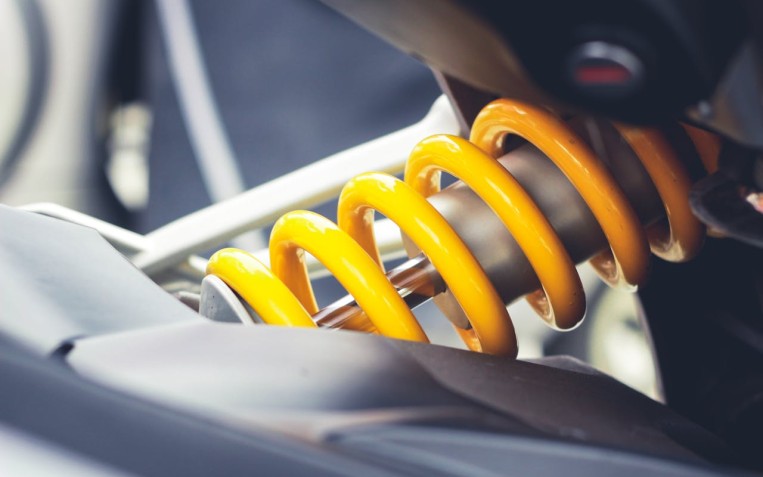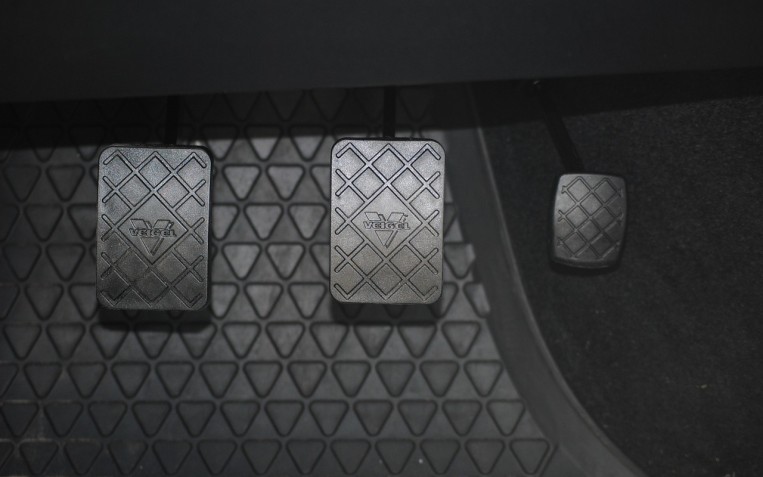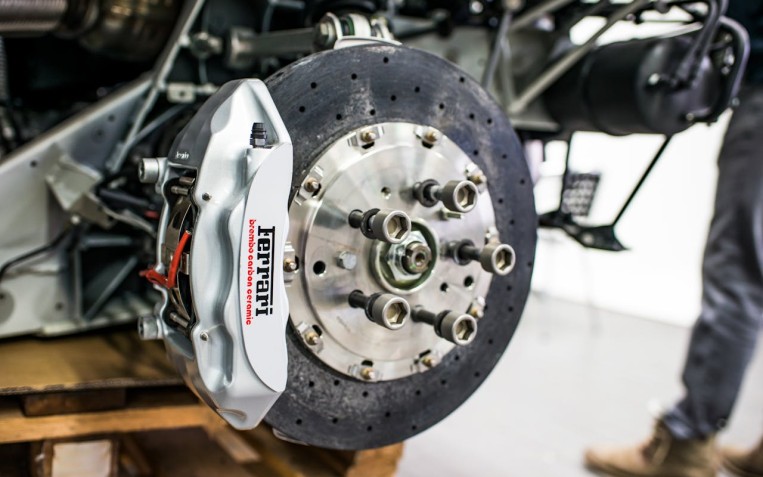What is engine braking?

Engine braking involves taking your foot off the accelerator pedal, allowing your car to slow down. Over time, the parts on your vehicle’s braking system will wear down, making the brakes less effective. Using engine braking can extend the lifespan of your car’s brakes, and save you money on the cost of buying and fitting replacement parts. PTA’s article explores how engine braking works.
How does engine braking work?
Engine braking works when you release the accelerator pedal while driving. This closes the air intake valve, creating a vacuum that stops airflow from reaching the cylinders. When airflow is restricted, it produces resistance against the pistons, slowing down your car’s engine without pressing the brake pedal.
What are the advantages of engine braking?
There are many benefits of using engine braking, including:
- Reducing the risk of skidding in slippery or icy conditions.
- Reduce wear and tear on your vehicle’s braking system.
- Maintain a safe speed while driving downhill.
- Improve fuel efficiency.
- It can be used as an alternative braking system if your car’s brakes fail.
Will engine braking wear out my clutch or gearbox?
Ultimately, it depends on your driving style and if you regularly use engine braking while on the road. Aggressive or improper use of this braking technique can increase wear and tear to your vehicle’s gearbox and clutch. Keeping on top of your car’s maintenance, with periodic servicing is essential for staying safe on the road.
When should you not use engine braking?
There are some situations when engine braking should not be used, such as:
- Upshifting between gears without pressing the accelerator pedal.
- In an emergency.
- If you need to stop suddenly.
- The brake lights won’t flash when braking, which may confuse other road users.
- Releasing the clutch quickly might increase wear and tear on the clutch, putting excessive strain on the gearbox.
Is engine braking beneficial for electric vehicles?
Yes, EVs use regenerative braking to slow your car down while braking. The energy generated from engine braking is channelled into the electric motor, which acts as a generator when your EV decelerates. Once you’ve taken your foot off the accelerator, the motor converts the kinetic energy into electrical energy, which gets stored in the battery for later use.
Have you noticed your brakes aren’t as effective as they should be? Get your vehicle serviced by a trusted garage, such as PTA Garages. Book your next interim or full service at your local PTA branch today.
Related Content

Should I have soft or stiff suspension springs for my vehicle?
Suspension springs are essential for maintaining your vehicle’s stability and ride height. Over time, the springs will succumb to wear and tear, which affects how your car handles, brakes and accelerates on the road. Discover whether you should...

A guide to the different types of car clutches
The clutch is responsible for channelling the power from the engine, through to the gearbox, and the wheels. Your vehicle's clutch will differ dependi...

Brake rotors: What are they and how do they work?
Having a reliable braking system is essential for any vehicle. The components work to ensure your car or van stops or slows down. Brake rotors form a...

